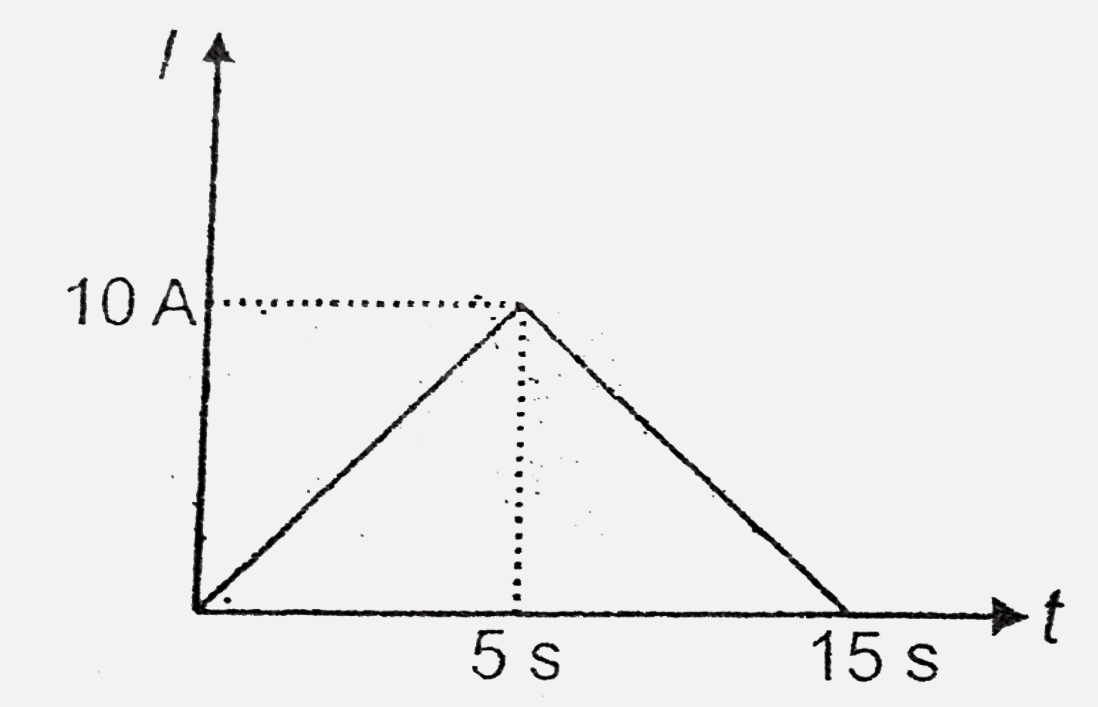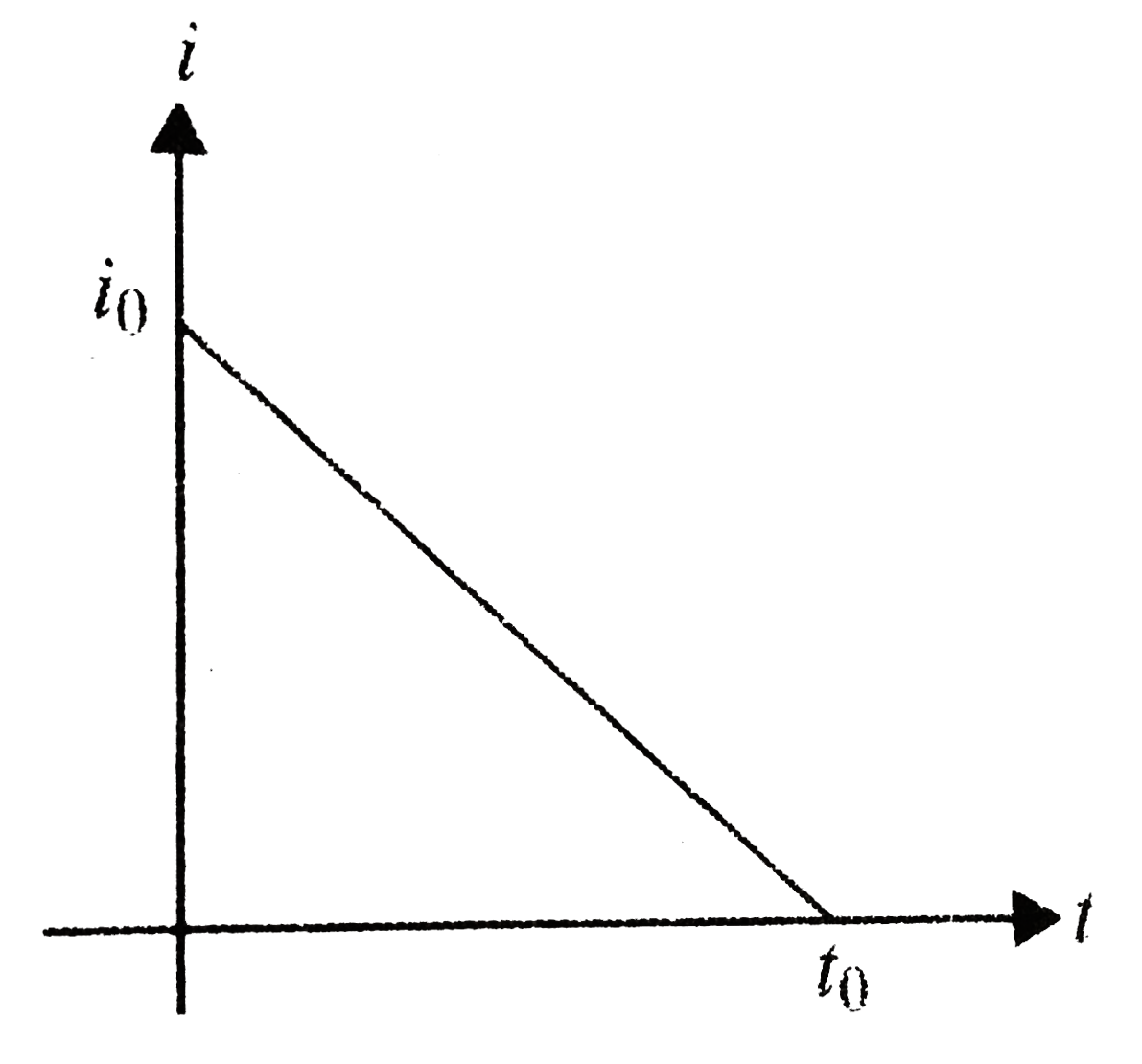Current flowing through a conductor is shown in the following graph. Net charge crossing any cross section of conductor in 5 seconds will be (in coulomb) i(A) 5 t(s) 2
Step by step video & image solution for Current flowing through a conductor is shown in the following graph. Net charge crossing any cross section of conductor in 5 seconds will be (in coulomb) i(A) 5 t(s) 2 by Physics experts to help you in doubts & scoring excellent marks in Class 12 exams.
Similar Questions
Knowledge Check
- Question 1 - Select One
If one ampere current flows through a conductor, the number of electrons flowing across the cross section of the conductor in 2 second it _________.
A1.6×10−19B1.25×1019C6.25×108D3.2×1018 - Question 2 - Select One
A steady current is passing through a linear conductor of non-uniform cross-section. The net quantity of charge crossing any cross-section per second is.
AIndependent of area of cross-sectionBDirectly proportional to the length of conductorCDirectly proportional to the area of cross-sectionDInversely proportional to the length of conductor - Question 3 - Select One
A steady current is flowing in a conductor of non-uniform cross-section. The charge passing through any cross section per unit time is
Adirectly proportional to the area of cross-sectionBinversely proportional to the area of cross-sectionCproportional to square of the area of cross-sectionDindependent of the area of cross-section
______ is defined as the rate at which the charges move across any cross section of a conductor.
View SolutionCurrent l versus time t graph through a conductor is shown in the figure. Average current through the conductor in the interval 0 to 15 s is
 View Solution
View SolutionCurrent passing through a conductor changes with time as i=10e−2t ampere. Charge passed through a cross-section of conductor in the time-interval t = 0 to t=∞ is______(in Coulomb).
View SolutionRelation between current in a conductor and time is shown in fig.

Total charge flowing through the conductor isView SolutionA stready current i is flowing through a conductor of uniform cross-section. Any segment of the conductor has
View Solution
